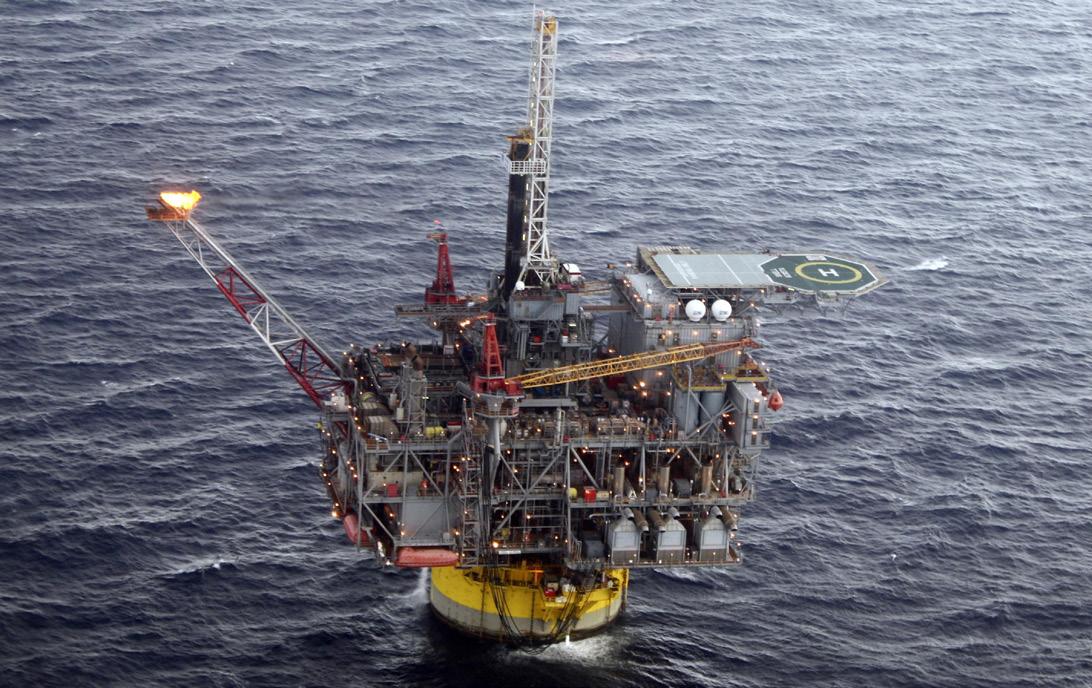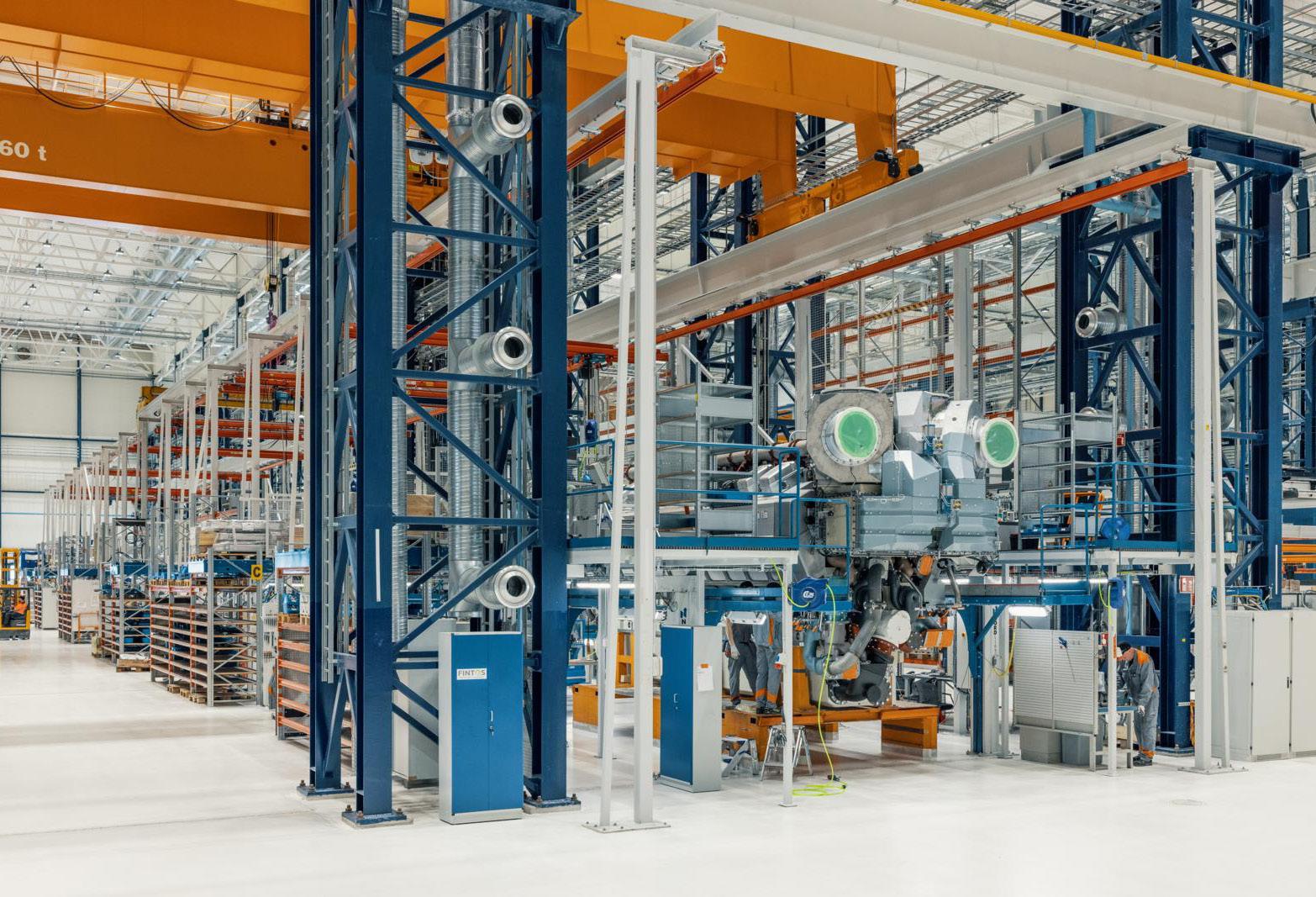
7 minute read
Dockgate
By Michael Grey OBE
Shipbuilding on Clydeside was the largest in the world at one point
Advertisement
Unhappiness with orphans
Here is a little memory test for those of a certain age. How many shipyards finally closed, or ended up in the hands of the receivers, after they had taken orders for ‘one-off’ ships which they failed to deliver? I suppose that the older you are, the more you will remember. It is a phenomenon not confined to any particular country, although invariably those shipyards which were already struggling with inflation, a general lack of orders and economic downturns would have been lacking in resilience.
Sensible shipbuilders, it might be thought, will avoid these ‘orphan’ orders like the plague, concentrating on series production or ships that are not beyond their technical abilities to construct. You don’t want to be learning on the job, as it were, with a ship or technology in which you and your workforce have little or no experience. Some shipyards have a reputation for tackling innovative designs, but it is clearly not for every shipbuilder.
Another pointer might be to the potential problems you might get into with an owner who is unaccustomed to building new tonnage – such as a single ship that is to replace another, ordered by an earlier generation - people of exceedingly conservative mindsets, who don’t really like change. I recall marvelling at a ferry built in the 1970s with a steam turbo-electric propulsion system (with a steam bow thruster, believe it or not). The owner didn’t think they could cope with a diesel installation.
Other difficult clients spelling disaster for a shipbuilder might be governments or their agencies, who tend to be unaccustomed to the ship construction process and tend to believe that the specification might be entirely elastic, without any effect upon the ultimate price of the job. Scientists and shipbuilders are often uneasy bedfellows. Such agencies will invariably be indecisive about decisions, unaware of deadlines and ruled by committees which meet but infrequently. If can rack your memory, you can probably find examples of all these problems resulting in shipyards which exist only in the memories of those who knew them.
But it is also a fact that many of these orders that went badly wrong were the consequence of a certain desperation, involving shipyards that saw their orderbooks evaporating. They bid for these orphans because they felt that there was no choice, or because of pressure from governments to keep the work from going abroad. Nothing dishonourable about that of course, if it came off, but too often it didn’t and there was a half-finished ship towed away to be completed elsewhere, and another yard consigned to oblivion. And frustrated owners thinking their unspoken – “wish we had gone to Damen” (or some other shipbuilder of proven competence, who probably wouldn’t stand too much nonsense from the client).
In the UK, where the government has issued its ‘refreshed’ plan for shipbuilding, there appears to be some comprehension about these matters, as the need for continuity and the maintenance of a bank of expertise have been built into the strategy, which owes much to the

Dr Stuart Ballantyne
expertise and experience of Sir John Parker. But while this might see many improvements in naval procurement, there are still a number of civilian ‘one-off’ ships that have the potential to cause grief to those charged with building them. There is the RFA solid store ship trio, and the socalled ‘Government Ship’ or the Royal Yacht that isn’t, and which has already been nicknamed Sea Force One. There are lighthouse tenders and research vessels and quite a lot of Scottish island ferries desperately needing replacement.
With every one of these non-naval craft there will be huge pressure from the shipbuilding unions possibly (even public opinion with a post 2024 government), to ensure that these orders will be placed domestically, presenting their owners with quite a dilemma. This might be mitigated by perhaps having the basic hull built where they can do this at a good price, bringing the ship back to the UK for fitting out. But even this can present problems, where there is a dearth of experience.
At a recent meeting on the Clyde, where these matters have a certain resonance because of the Ferguson/Scottish Government fiasco and the age of the fleet serving the Scottish islands, there were some good ideas emerging. If it is agreed that the ferry fleet requires replacement in the short to medium term, there is surely scope for a proper programme that could see a more standardised type of construction, in a range of ship sizes, to effectively modernise the island connections. Speaking at the meeting, Dr Stuart Ballantyne of the Australian designers SeaTransport, cited examples where the prosperity of islands has been greatly improved by the provision of modern and economic ferries, replacing old and subsidised craft. An enthusiast for multihull construction, with many years of experience in ferry building all around the globe, he suggests that a shipyard in Scotland, working its way through the considerable needs of the islands’ communities, could revitalise civilian shipbuilding in Scotland. No orphans would be found in such a strategy.
Indeed, some measure of the degree of desperation of Scottish island communities can be gauged by recent suggestions that rather than relying on the vicissitudes of the existing ferry system, they should give up on ferries altogether and construct a series of tunnels between the various crossings that will be unaffected by the vagaries of weather and engine breakdowns. Apparently, the Norwegians (who of course have a sovereign wealth fund of staggering proportions), are busily tunnelling away to some West Coast island communities. Civil engineers will doubtless enthuse about the plan, citing the success and prosperity brought by other such constructions. Potential ferry builders really ought to react – robustly, before it is too late.
It is just as well that there have been a few voices raised to tentatively consider what might happen when the world returns to some degree of normality, with the logistics chain working properly, as it mostly was, before the pandemic and war rendered it all awry. With huge numbers of ships waiting off ports to load and discharge, container builders have been constructing boxes like there was no tomorrow, to compensate for all the boxes that are in the wrong places. It has also been argued that a return to normality could result in a large number of container ships and other vessels, effectively operating as storage while they wait for discharge, becoming redundant, once every one gets moving. That may be no problem for the ships, as the oldest can be easily recycled, but the storage of a million or so surplus containers might be something of a social problem. I can recall some earlier crisis when empty boxes became something of an embarrassment in the 1990s and there was scarcely a flat space around the ports that was not occupied by piles of empties. In Felixstowe they used to call their empties park the Great Wall of China. In Hong Kong at that time, even building sites in the middle of town would be occupied by towering blocks of empties, making a few dollars for the developers, but somewhat unsightly. They had even stuck them about six high on a garage forecourt near our office.
The uncertainties about the war in the Ukraine, and the consequential changes in tonne-miles also provide further difficulties for the planners. Warnings about ‘normality’ might see a bit premature at the present, but it doesn’t hurt to look ahead.
It is always good when sinners repent, and after about half a century of neglect there is hopefully going to be something of a reprise for coastal shipping around New Zealand. It ought to be obvious that this is the way to carry stuff around the periphery of two islands, both of which have more working ports than they know what to do with. Time was when the Union Steam Ship Company of New Zealand was a power in the land with dozens of coastal traders, along with other carriers like Canterbury Steam, but it all disappeared with the deregulation of road transport and cheaper trucks.
Now the government of Jacinda Ardern has been convinced that shipping can help to get some of the trucks off the roads, which, it is cruelly said, have some of the world’s worst drivers loose on them. Some modest funding has been allocated to help to sow the seeds of a sensible return to a notably useful mode of transport that some New Zealanders had forgotten. And across the Tasman, where there is a new Labour government getting its feet under the legislative table, there are noises being made about a new government shipping line. The unions are over the moon. There, maybe, ought to be some caution here, however, as previous state shipping initiatives (and they go right back to the beginning of last century) have mostly ended in tears.
History repeats itself The coastal roads
SORJ

The Tahiti owned by Union Steam Ship Co of New Zealand










